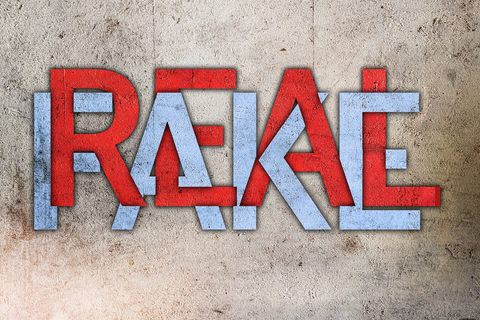How to spot a scoundrel – Part 2
In due diligence, investigators look for different types of warning signs, often categorized as red flags or yellow flags. I’ve already talked about red flags, issues that turn up in the background check which, on their own, could jeopardize the investment or partnership.
In this post, I’ll cover yellow flags – warning signs that individually may not be a big deal, but can add up and create issues in the due diligence investigation. No one is perfect, and we’ve all made mistakes. Some of us learn from them and move on, and others just make more mistakes.
As Randy Shain emphases in his book, Hedge Fund Due Diligence, that’s why you need the full picture. In order to understand the extent of any “minor” issues, it’s important to gather insights about someone’s professional and personal lives and go back as far as possible. When the risk is high enough, step away from the computer and interview past employers or run manual court searches. Look for patterns of behavior and decide what they mean for you and your investment.
For example, does an individual have a lien on their record, perhaps many years ago, and nothing else. Or do your searches turn up multiple liens, bankruptcies, and/or foreclosures? Big difference, especially when it’s the person managing your investment.
Here are some yellow flags to look for when you’re running a due diligence investigation and some of the questions they should trigger:
Scandal magnet – Will this person’s behavior help or hinder your or your firm’s image?
Name changes – For companies and people – Why the change, and what are they hiding?
Lawsuits – What does it tell you if someone is always being sued or suing others? Don’t become their next “victim.”
Regulatory, compliance issues – Can they follow the rules? Do any sanctions get in the way of doing their job?
Bankruptcies, judgments, liens – Does this individual have issues with managing money or living up to their commitments?
Unreported affiliations – Why the discrepancies in reported and found information? What are they hiding?
Gaps in employment – What were they doing in the meantime? You can learn a lot about someone when you find out what they did between jobs.
No experience – How did they get here? Did they suddenly become a hedge fund manager after 20 years as a physicist?
Distractions – Are they over-committed with charities, boards, or other employers to pay attention to their business with you?
Personality, ethics issues – Do they have a hard time building needed relationships or playing well with others? Good to know before you get too involved.
Job performance – What’s their track record? Do companies tend to implode right after they leave?
Job switching – Can we rely on this individual to stick around long enough to see the deal through?
Silent, obscure partners – Have you conducted due diligence on all parties involved?
Sometimes it’s the little things that can add up. And someone’s past definitely can definitely help predict the future. Get the full picture so you can decide what you’re willing to tolerate in a potential partner.



